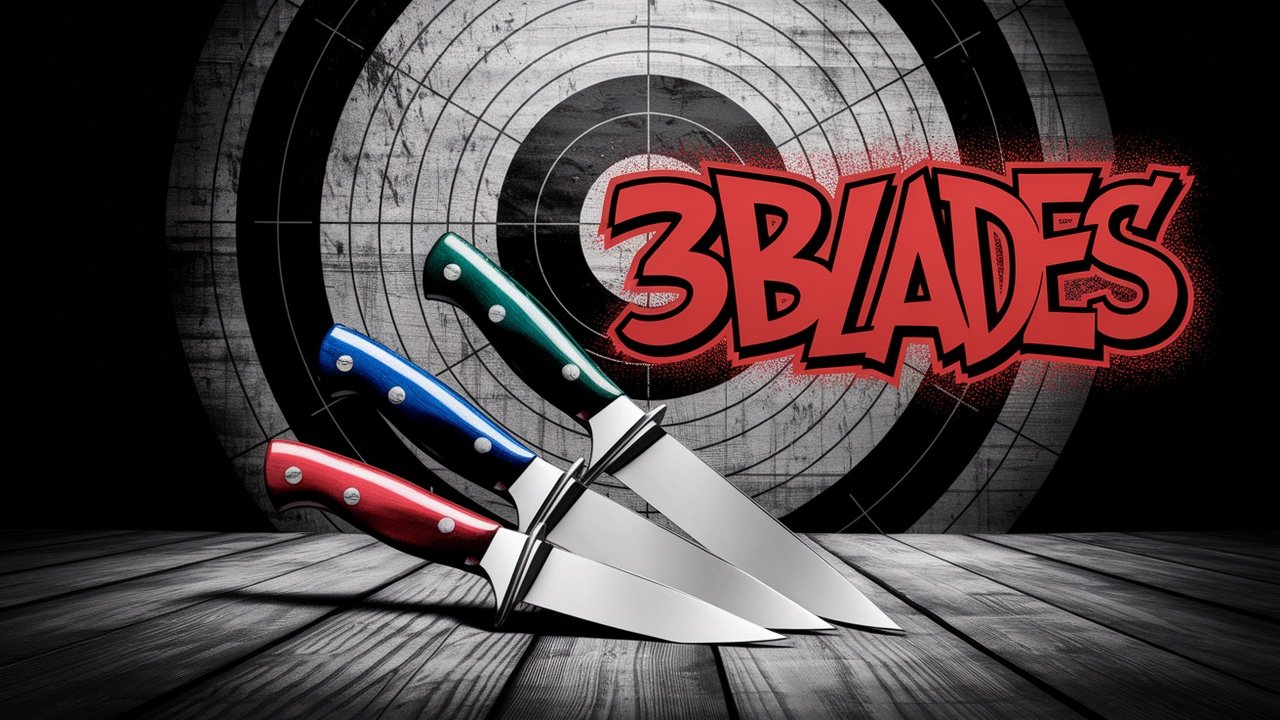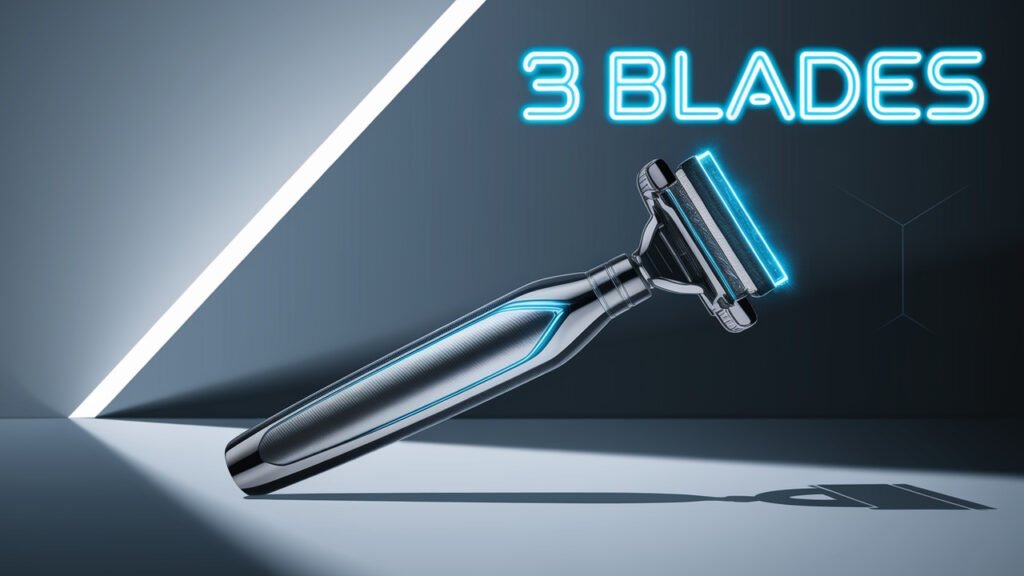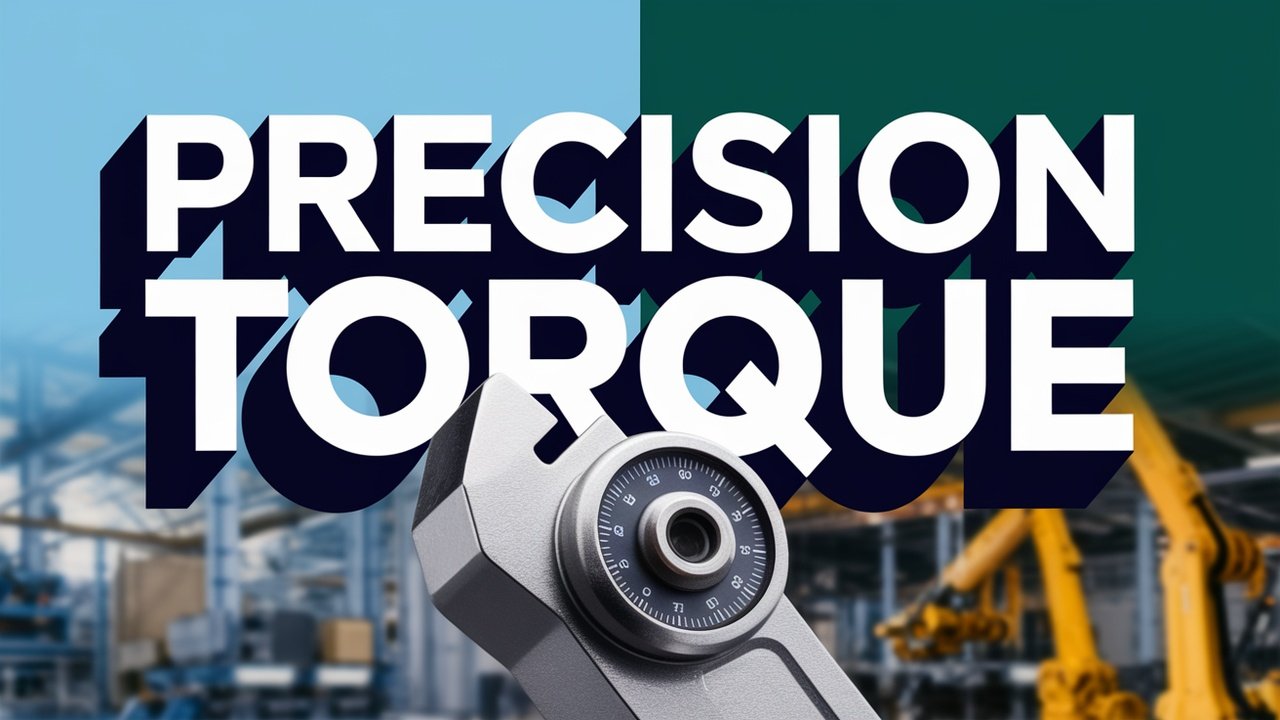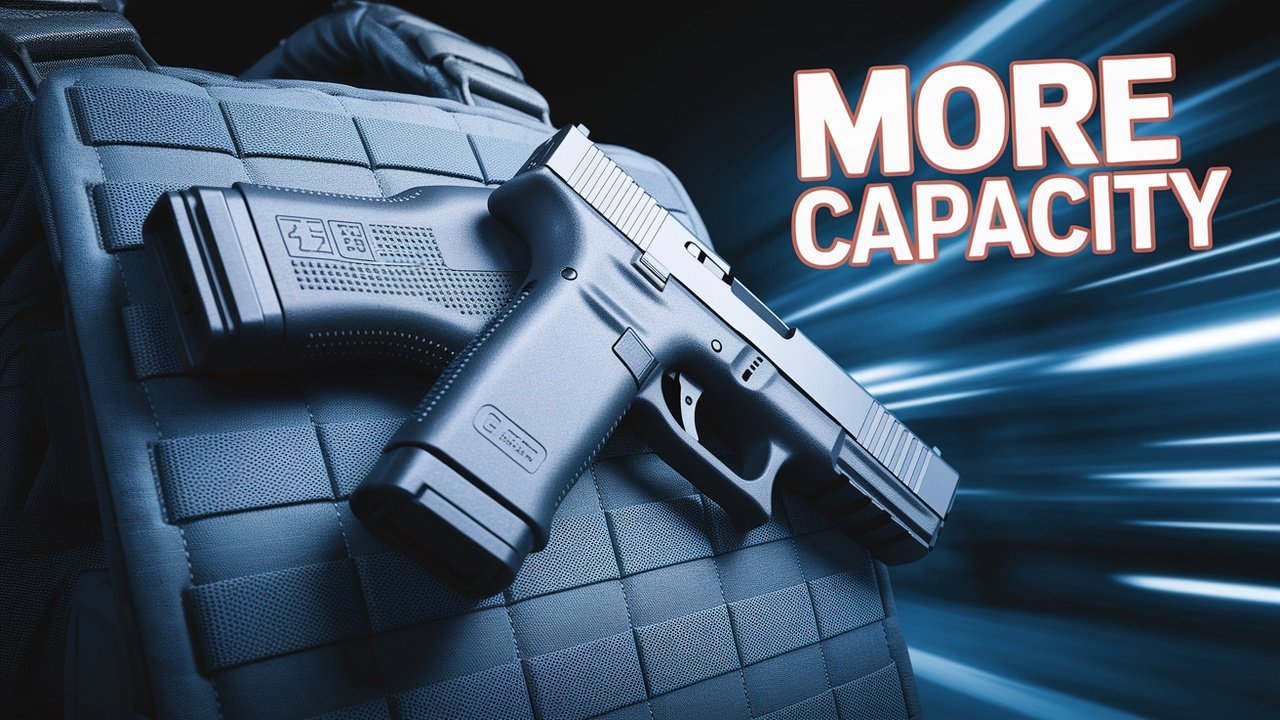Sleek, Efficient, and Stylish: A Deep Dive into Ceiling Fans with 3 Blades

Introduction
Ceiling fans have long been a household staple, providing a cost-effective 3 Blades and energy-efficient way to keep rooms cool and comfortable. As home design trends evolve, so too do the aesthetics and engineering of ceiling fans.
Among the many configurations available today, one of the most popular choices for modern homeowners and designers alike is the ceiling fan with 3 blades. These fans are not just visually appealing with their minimalist design—they also offer impressive performance, efficiency, and versatility across various room sizes and interior styles.
In this article, we’ll take a comprehensive look at ceiling fans with 3 blades, exploring their benefits, how they compare to fans with different blade counts, factors to consider before purchasing, design trends, top brands, and more. Whether you’re upgrading your home’s cooling system or selecting fans for a commercial project, understanding the functionality and style of 3-blade ceiling fans can help you make a smart, informed choice.
Chapter 1: The Basics of Ceiling Fans with 3 Blades
1.1 What Defines a 3-Blade Ceiling Fan?
A ceiling fan with 3 blades, as the name suggests, is designed with three evenly spaced blades attached to a central motor housing. These fans have become a favorite in modern and minimalist interiors due to their clean lines and streamlined look.
1.2 Materials and Construction
Most 3-blade ceiling fans are constructed from a variety of materials:
- Wood (real or MDF): Warmer, rustic feel
- ABS plastic: Lightweight and durable, ideal for outdoor use
- Metal: Industrial and contemporary design
Blades may be curved or flat, and some are aerodynamically designed to increase airflow while reducing energy use and noise.
Chapter 2: Advantages of 3-Blade Ceiling Fans

2.1 Energy Efficiency
Contrary to popular belief, fewer blades don’t necessarily mean less airflow. 3-blade ceiling fans can be more energy-efficient than fans with higher blade counts due to:
- Reduced drag
- Faster blade speed
- Optimized motor performance
This design reduces the workload on the motor, often translating into lower electricity bills.
2.2 Sleek Modern Aesthetic
One of the biggest selling points of 3-blade fans is their stylish, minimalist look. With fewer visual elements, these fans blend seamlessly into contemporary, Scandinavian, and industrial-themed interiors.
2.3 Performance and Airflow
Thanks to their aerodynamic design and higher rotation speed, 3-blade fans are excellent at circulating air in smaller to medium-sized rooms. When paired with a high-quality motor, they offer strong airflow without requiring more power.
2.4 Quieter Operation
Fewer blades often result in less wind resistance and smoother rotation, making 3-blade ceiling fans some of the quietest models available—perfect for bedrooms, studies, or libraries.
Chapter 3: How Do They Compare to Other Blade Counts?
3.1 3 Blades vs. 4 or 5 Blades
| Feature | 3 Blades | 4–5 Blades |
|---|---|---|
| Airflow | High (fast rotation) | Moderate (slower rotation) |
| Energy Use | Lower | Higher |
| Noise | Quiet | Slightly noisier |
| Aesthetic | Sleek, modern | Traditional |
| Cost | Often more affordable | Can be higher |
In short, 3-blade fans favor performance and aesthetics, while 4- or 5-blade fans lean toward quieter operation in larger spaces, though modern motors are closing that gap.
3.2 Industrial vs. Residential Use
Industrial ceiling fans typically feature 2 or 3 blades because they need to move large volumes of air quickly. Residential 3-blade fans use similar principles, making them ideal for spaces where performance meets design.
Chapter 4: Choosing the Right 3-Blade Ceiling Fan

4.1 Room Size and Blade Span
Choosing the correct blade span is essential:
- Small rooms (under 100 sq ft): 29–36 inches
- Medium rooms (100–250 sq ft): 36–48 inches
- Large rooms (250–400 sq ft): 48–56 inches
- Great rooms (over 400 sq ft): 60 inches and above
For 3-blade fans, spans of 44 to 56 inches are common and suitable for most residential applications.
4.2 Motor Type
There are two types of motors to consider:
- AC Motors: Cheaper, reliable, standard speed settings
- DC Motors: Quieter, energy-efficient, more speed options, remote-control compatible
DC motors are increasingly common in premium 3-blade ceiling fans.
4.3 Controls and Smart Features
Look for fans with:
- Remote controls
- Wall-mounted switches
- Smart home compatibility (Wi-Fi, Alexa, Google Home)
Smart 3-blade ceiling fans can integrate with climate control systems for automated cooling.
4.4 Mounting Options
Depending on the ceiling height:
- Flush mount: For low ceilings
- Standard downrod: For typical 8–10 ft ceilings
- Extended downrod: For vaulted or high ceilings
Ensure the fan has an adjustable downrod option if installing in a sloped ceiling.
Chapter 5: Top Brands and Models of 3-Blade Ceiling Fans
5.1 Minka-Aire
Known for cutting-edge designs and reliable performance. Popular models:
- Minka-Aire Concept III: Sleek design with LED light
- Minka-Aire Wave: Sculpted blade style
5.2 Hunter Fans
A trusted name with over 100 years of innovation:
- Hunter Trimaran: Outdoor rated, 3-blade ABS design
- Hunter Apache: Smart control with WhisperWind motor
5.3 Haiku by Big Ass Fans
Premium brand known for silent operation and superior performance:
- Haiku L: Sleek, minimalist, with SenseMe technology
- Haiku i6: Industrial look, powerful airflow
5.4 Modern Forms
Stylish and smart-enabled fans:
- Modern Forms Axis: Wi-Fi and voice control compatible
- Modern Forms Wynd: Great for both indoor and outdoor use
Chapter 6: Design Trends with 3-Blade Ceiling Fans
6.1 Minimalism and Open Spaces
3-blade fans complement open floor plans with clean, uninterrupted airflow. Their minimalist structure avoids visual clutter, especially in neutral or monochrome spaces.
6.2 Bold Finishes
Fans now come in black, matte white, brushed nickel, and wood-grain finishes, letting homeowners match fans with flooring, cabinetry, or accent décor.
6.3 Integrated Lighting
Many 3-blade ceiling fans include integrated LED lights, saving space and providing dual functionality as a light fixture. Dimmable options are ideal for multi-purpose rooms.
Chapter 7: Installation, Maintenance, and Troubleshooting
7.1 Installation Tips
- Always use a junction box rated for ceiling fans
- Secure blades tightly to avoid wobbles
- Use a licensed electrician if unsure about wiring
7.2 Maintenance
- Dust blades regularly with a microfiber cloth
- Lubricate the motor (if required by the manufacturer)
- Check for loose screws or warped blades periodically
7.3 Troubleshooting Common Issues
- Wobble: Check blade alignment and balance
- Noisy operation: Tighten screws, check for dust buildup
- Remote not working: Replace batteries, check signal receiver
Chapter 8: Environmental Impact and Cost Savings
8.1 Lower Energy Consumption
Ceiling fans use around 30–50 watts per hour, significantly less than air conditioning. A 3-blade fan with a DC motor can reduce cooling costs by up to 40% when used properly with HVAC.
8.2 Sustainable Materials
Look for:
- Energy Star-rated fans
- Recyclable blade materials
- Low VOC finishes
Environmentally conscious consumers can choose eco-friendly options without sacrificing design.
Conclusion: Is a 3-Blade Ceiling Fan Right for You?
If you’re seeking a ceiling fan that marries form with function, ceiling fans with 3 blades make an excellent choice. They offer superior energy efficiency, powerful airflow, quiet performance, and a contemporary aesthetic that complements nearly any interior design.
Whether you’re cooling a bedroom, living room, office, or patio, the versatility of 3-blade ceiling fans can meet a wide range of needs. As technology and design continue to advance, these fans are proving that sometimes, less really is more.
So next time you’re staring up at a dated ceiling fan and dreaming of a quieter, more stylish solution, consider going with a 3-blade model. You might just find it’s the coolest decision you’ll make all year.







